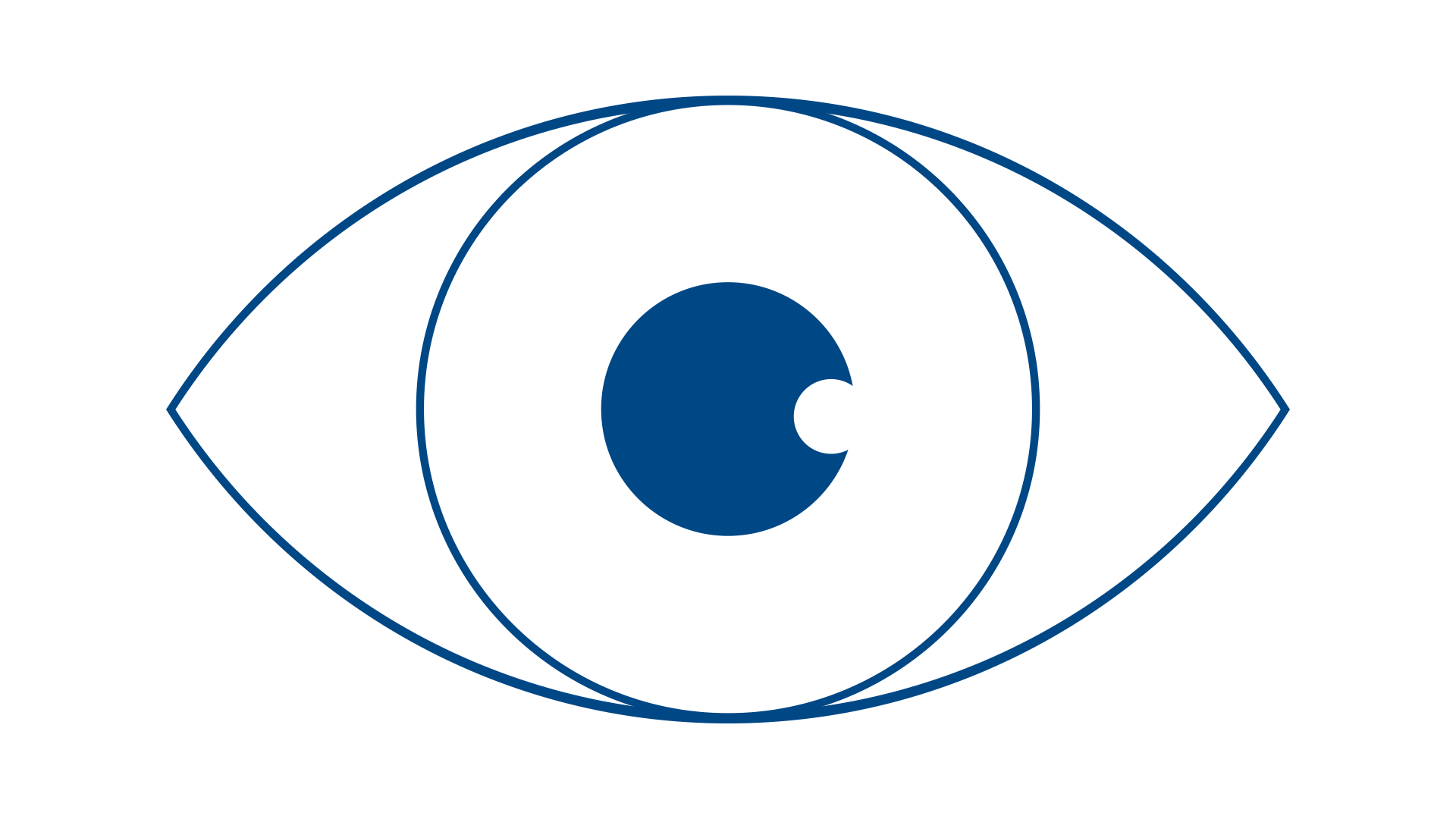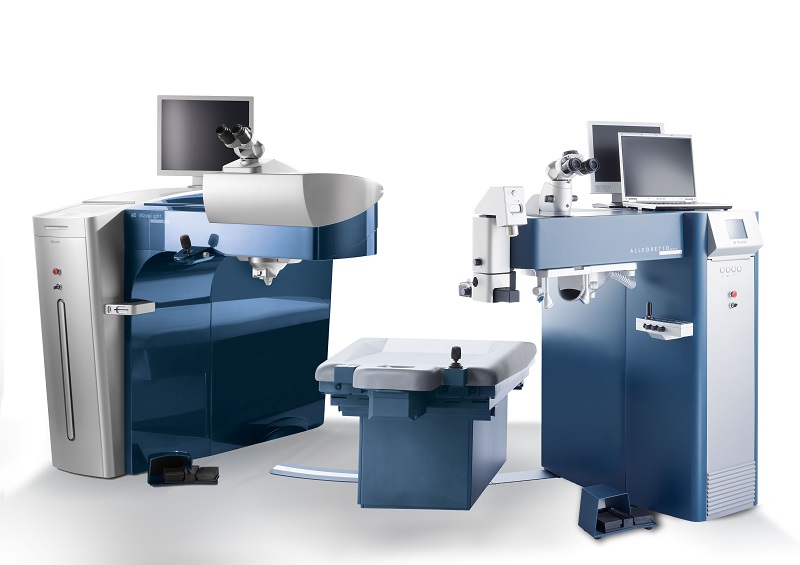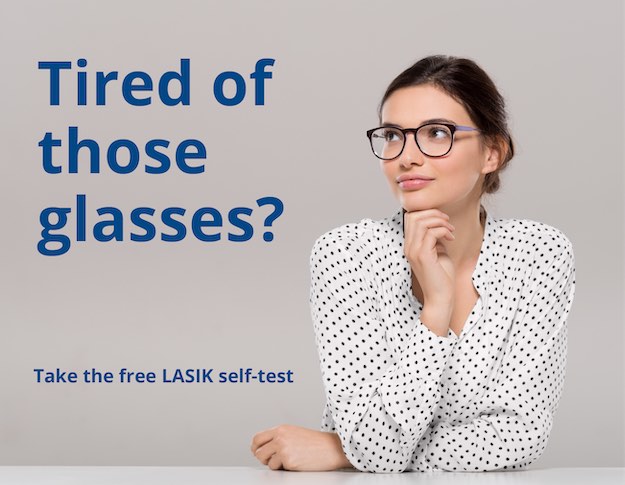Photorefractive Keratectomy (PRK) offers a valuable alternative to LASIK surgery. Unlike LASIK, PRK does not involve the creation of a corneal flap. In this procedure, we delicately remove the cornea's surface cells, after which a highly specialized cool laser is used to reshape the cornea. To aid in the healing process, a therapeutic contact lens is applied to the eye and generally remains in place for about 5-7 days.
Both LASIK and PRK yield similar visual outcomes in the long run. It's worth noting, however, that the path to optimal vision is generally longer with PRK due to the surface cells needing time to regenerate. PRK patients may experience a higher degree of post-operative discomfort compared to those who opt for LASIK
Rest assured, your comfort is our priority. We provide pain management solutions to ease any discomfort you may experience after the procedure. Most of our PRK patients find they can resume work and their regular activities within just a few days
PRK is an effective option for individuals with low to moderate levels of myopia or hyperopia, and is also suitable for those with astigmatism. At St. Paul Eye Clinic, our aim is to provide you with the best options for achieving visual clarity tailored to your unique needs





















